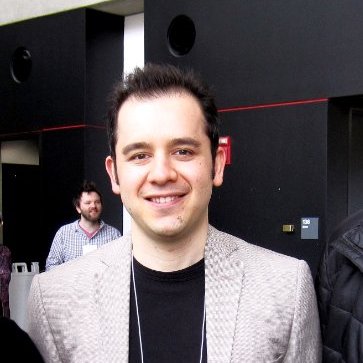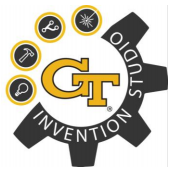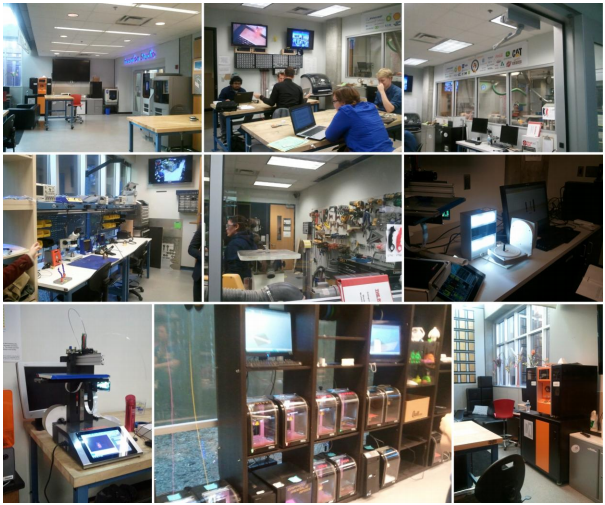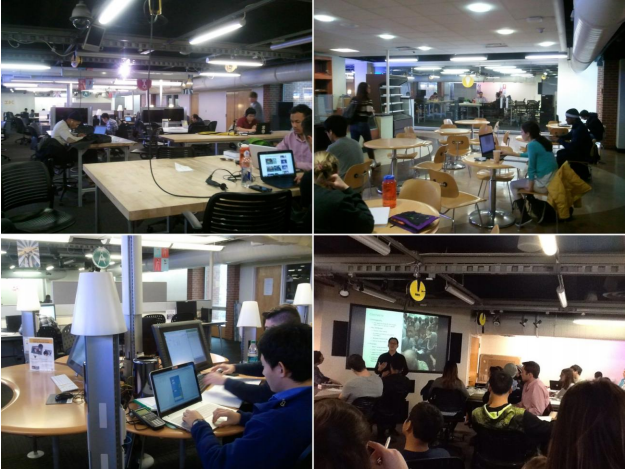A Trip to Georgia Tech
This article was written by Amin Mojtahedi, a University Innovation Fellow Candidate at the University of Wisconsin at Milwaukee. Amin is a Ph.D. candidate in the School of Architecture and was visiting the Georgia Tech campus for one week at the end of January. See his full bio here.
As part of an architectural study for Georgia Tech (GT), I had the chance to spend the entire last week on the GT campus exploring places related to the landscape of innovation and entrepreneurship
(I&E). One of my most memorable visits was to the Invention Studio at the Manufacturing Related Disciplines Complex where Alexis, a PhD candidate in Electrical Engineering, gave me a comprehensive tour of the facility. The Invention Studio was a student-run maker space where the opportunity for students to design, prototype and share was provided through workshops, experienced student “masters” in about 13 areas, and access to a wide range of materials and impressive cutting edge machinery including computer controlled machines (e.g., 3D printers, 3D scanners, laser engraving and cutting machines, waterjet, etc.), powered manual machines (e.g., bandsaw, injection molding, drill press, etc.) electronics equipment, and hand tools. In the fifth year of its operation, the Invention Studio has about 170 members and is opening branches in other schools on campus. Despite the rapid growth, members still bond over video games and move nights in the comfy lounge equipped with a large screen right across the Studio.
Perhaps the most exciting part of the trip was meeting the GT three UIFs: Megna, a 5th year Biomedical Engineer; Alex, a 3rd year Mechanical Engineer; and Rachel, a 5th year Biomedical Engineer. We all first met at the Starbucks in the architecturally impressive Clough Learning Commons. Later, Megna and Alex kindly gave me a complete tour of the Innovation & Design Collaborative in the GT library. IDC, or Design Block as Megna liked to call it, was an intelligently designed 4,000 sqf space with a variety of furniture from playful foam cubes to customized tall studio-like desks for group work. A Unistrut ceiling and racks provide drop-down access to electrical utility for users to be able to plug in while being in their desired spot and white boards were everywhere. With Wayne Li’s help, the space and program were designed after Stanford’s d.school. I concluded the tour by participating in Wayne’s class on Contextual Awareness – as one of the five tenets the 21st century creative thinker can use to disrupt markets and drive innovation. IDC’s space is open to GT students 24/7 and is currently holding workshops while providing resources for learning Design Behavior.






